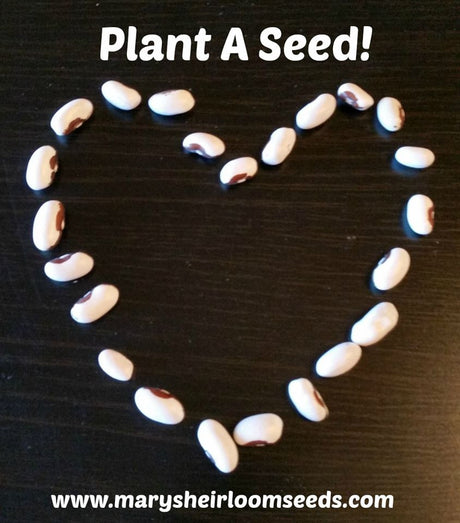
2016 ORGANIC PEST CONTROL part 3
Mary's Heirloom Seeds Do you have pesky bugs in the garden that eat your veggies and plants before you get to enjoy them? How about bugs in the house? We...
Mary Smith |
Welcome to our store Learn more

Mary's Heirloom Seeds Do you have pesky bugs in the garden that eat your veggies and plants before you get to enjoy them? How about bugs in the house? We...
Mary Smith |
Welcome to the final installment of our Organic Pest Control series at Mary's Heirloom Seeds. We hope you have picked up a few new tips and tricks for your organic...
Mary Smith |
Last year I offered a workshop for 10 Ways to Avoid Chemicals in Your Garden. One of my absolute favorite options for non-toxic pest control Food Grade Diatomaceous Earth (DE). ...
Mary Smith |
Over 1,000 varieties of Heirloom Seeds
Free Shipping on Qualifying orders of $20 or more
Planting guides to help you grow a successful garden